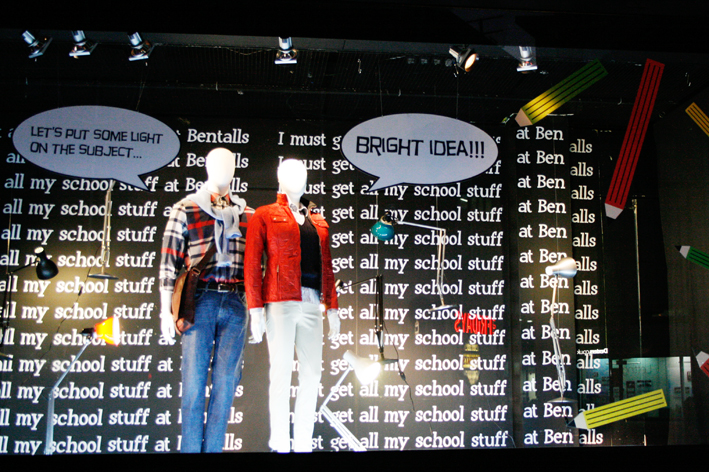A new Step taken by TATA
The new Tata Aria is a crossover between an MUV and SUV. It was earlier exposed at this year’s Auto Expo in Delhi. Tata Motors prefers calling the Aria ‘a four-wheeler built for Indians by Indian engineers’. Tata Motors is loading the new car with plenty of features so that it can easily take on utility vehicles like the Innova from Toyota, and the Scorpio, Bolero and Xylo from Mahindra. The new car will thus successfully deliver the performance and comfort of a mid-range multi-purpose vehicle with the all-terrain promise and premiumness of a sports utility vehicle.
The Aria flaunts some of the best safety features such as 6 airbags and ESP; features that are offered by an Indian OEM for the first time. The chassis frame has been built with advanced hydro-formed members. There can be hardly any other as safe as the Aria in an emergency because the car has been fitted with a stiffened body cage, dual-zone collapsible steering and airbags. The Tata Aria meets EEC safety regulations, which includes full frontal crash, offset crash and the side pole tests.
To promote the car, Tata Motors has even launched a new web site, buildadreamcar.com. If you are an ardent Tata fan, you could just register yourself on the web site and join the fun ride which could build you a fortune if you’re lucky enough. You would have to build or design your own dream car on the web site using tools that the web site itself offers.
Next submit your entry. 3 winning designers from the three categories – popular, fastest and creative get a chance to go on an all-expense paid 10-day trip across India in the new Tata Aria. This contest could benefit Tata Motors; ‘promotion’ will be the immediate answer. The car maker believes that this new marketing strategy could help customers understand the Tata Aria in a better manner. Tata Motors’ current line up of SUVs and MUVs include Safari and Sumo Grande.
Tata Motors has a major task at hand—to distance itself from the tag of being the brand preferred by the cab industry. Though it might be financially quite plum for the company, after a stage one runs after brand image and value. And with Aria, its latest crossover, it’s the brand value and positioning which the company intends to change. From being the taxi driver’s first choice it wishes to become the rich man’s ride. And also they have Toyota Fortuner and Ford Endeavour to tackle competition from, already these SUV's are doing very well in India.
















